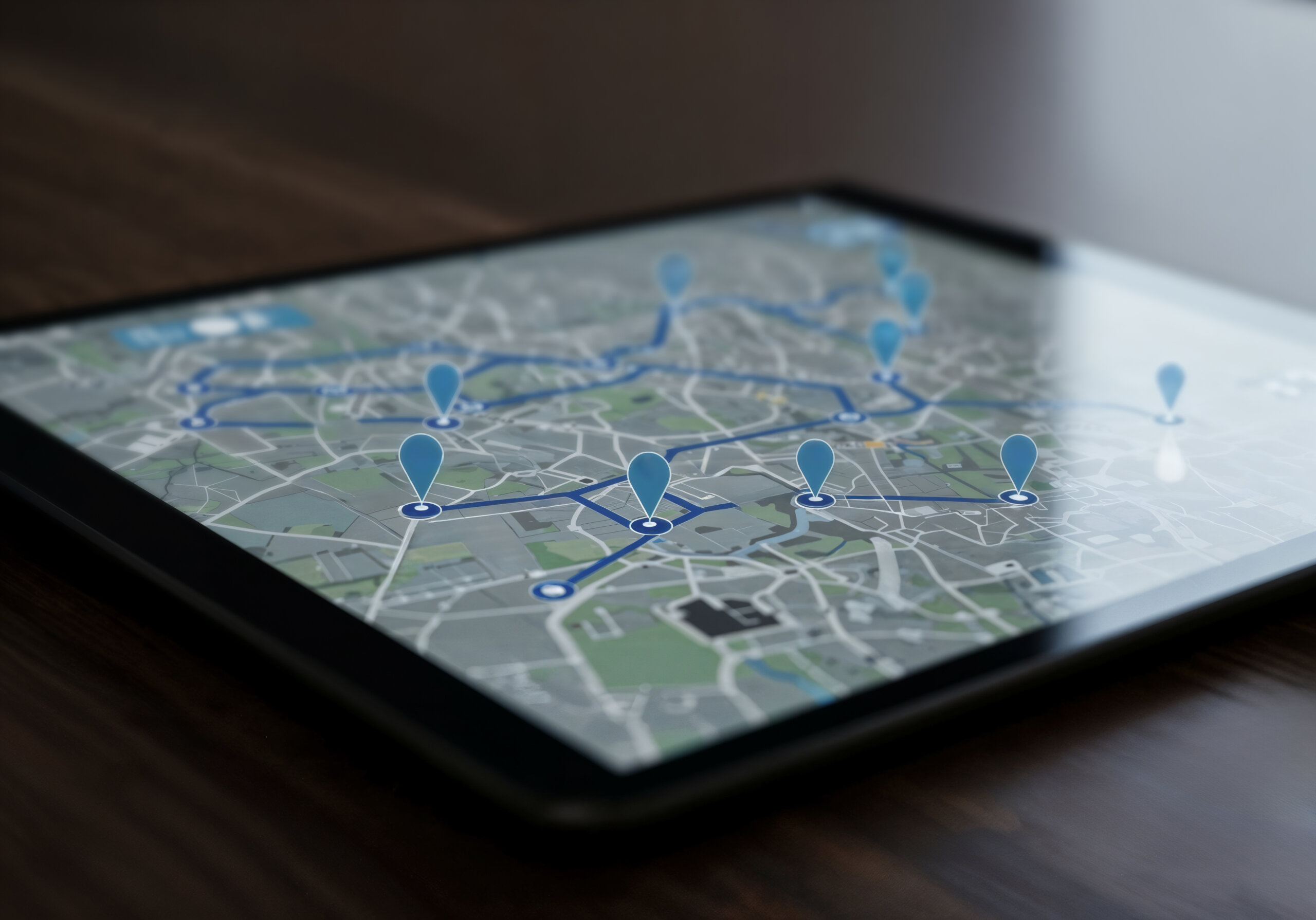Enhancing Retail with Indoor Navigation and Positioning
Discover how indoor navigation systems are transforming the retail and mall experience. From real-time store directions to personalized promotions, learn how smart technology is reshaping customer journeys and boosting business performance.

In an era where convenience is king and digital expectations are at an all-time high, the retail industry is undergoing a significant transformation. Today’s shoppers are more informed, more connected, and less patient. They expect efficiency, personalization, and a seamless experience — whether they’re shopping online or walking through a multi-level mall.
This is where Indoor Navigation Systems and Indoor Positioning Systems (IPS) are making a powerful impact. These technologies are reshaping how customers interact with retail environments by helping them find what they need faster, engage more deeply, and shop more smartly.
What Are Indoor Navigation and Indoor Positioning Systems?
While GPS helps us navigate outdoors, it fails inside enclosed spaces like malls or department stores due to signal interference caused by walls, ceilings, and infrastructure. To solve this, Indoor Positioning Systems use technologies such as:
-
Bluetooth Low Energy (BLE) beacons
-
Wi-Fi signals
-
QR codes
-
Ultra-wideband (UWB)
-
Augmented Reality (AR) overlays
These systems locate a user’s position within a building in real-time, often with accuracy down to a few meters. Paired with an Indoor Navigation System, which provides visual directions and interactive maps, users can be guided from one point to another — just like Google Maps, but for indoor spaces.
Why Do Retail Spaces Need These Technologies?
Retail spaces, especially large shopping malls and multi-brand stores, are becoming more complex in design. For customers, this often means spending unnecessary time looking for the right store, a specific brand, or even basic amenities like restrooms, elevators, or exits.
This results in frustration, lost sales opportunities, and poor customer experience.
Indoor navigation and positioning solve this problem by:
-
Guiding visitors to their desired location
-
Highlighting nearby promotions or stores
-
Reducing the need for human assistance
-
Improving the overall flow of foot traffic
-
Creating a modern, tech-savvy brand image
Benefits for Shoppers
-
Faster Store Discovery
Shoppers can search for a specific store or product and receive the shortest route to reach it. This is especially helpful in large malls with multiple floors and complex layouts. -
Real-Time Directions
IPS-enabled apps show turn-by-turn directions within the mall, helping visitors move easily between zones or departments. -
Live Offers and Alerts
When a shopper passes by a store offering discounts, the system can push notifications about sales, limited-time deals, or events happening in real time. -
Amenity Finding Made Easy
Whether you’re looking for a restroom, food court, kids’ zone, or ATM, indoor navigation apps can guide you instantly — reducing stress and improving satisfaction. -
Accessibility Support
For people with disabilities or mobility issues, these systems can suggest accessible paths, elevators, and entry points tailored to their needs.
Benefits for Retailers and Mall Operators
-
Increased Customer Engagement
By guiding users to their destination faster and offering personalized content, retailers can drive more footfall to their stores. -
Smart Promotions and Targeted Advertising
With location-aware push notifications, you can engage customers when they’re closest to making a decision — right near the store. -
Footfall Analytics
IPS can provide heatmaps and flow patterns of customer movement, helping mall managers optimize store placement, staffing, and marketing strategies. -
Operational Efficiency
From managing crowd flow during peak hours to automating maintenance and cleaning schedules based on traffic, IPS contributes to smoother operations. -
Emergency Response
In the event of an emergency, such as a fire or evacuation, indoor navigation can provide real-time safe routes and help ensure crowd control and safety.
Real-Life Examples in India
Many Indian malls are already embracing these technologies to upgrade their customer experience:
-
Phoenix Marketcity, Mumbai: Implements indoor positioning and navigation to guide customers through multiple floors, while sending real-time offers and event updates.
-
DLF Mall of India, Noida: Uses IPS to analyze footfall patterns, reduce crowd congestion, and provide smoother navigation through a dedicated mall app.
These examples highlight how indoor technology is no longer a futuristic concept — it’s already making a tangible difference.
The Future of Retail Navigation
The future of retail will see indoor navigation and positioning evolve even further. With the integration of AI and AR, customers could soon:
-
Get personalized shopping routes based on their preferences
-
Use AR glasses for immersive store discovery
-
Interact with virtual assistants inside the mall
-
Receive loyalty points for visiting specific zones
In addition, delivery robots and autonomous carts may start using these systems to navigate within retail spaces for product restocking or delivering items to waiting customers.
Final Thoughts
Indoor Navigation and Indoor Positioning Systems are not just technological add-ons — they are becoming essential infrastructure for the modern retail experience. As shopping centers compete to attract and retain visitors, offering seamless, smart, and intuitive navigation is no longer optional — it’s a competitive necessity.
Retailers who invest in these systems today are not only improving customer experience but also gaining valuable insights and operational advantages that will define the future of physical retail.
BLOGS :
Revolutionizing Urban Parking: How Smart Solutions Are Changing USA’s Cities
Why Ed-Tech Platforms Rely on Conversational AI
Artificial Intelligence – A Beginner’s Guide to the Future of Technology





